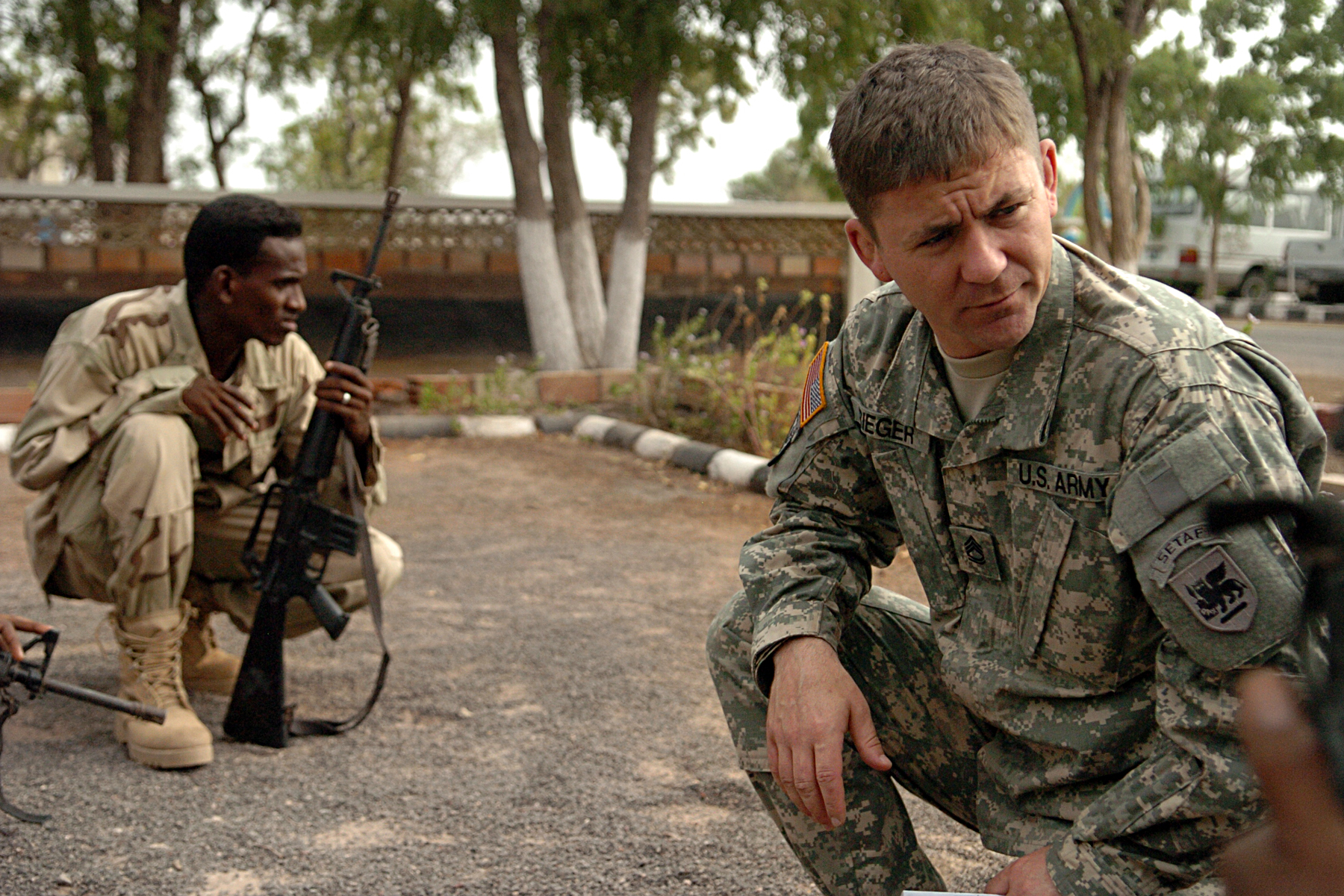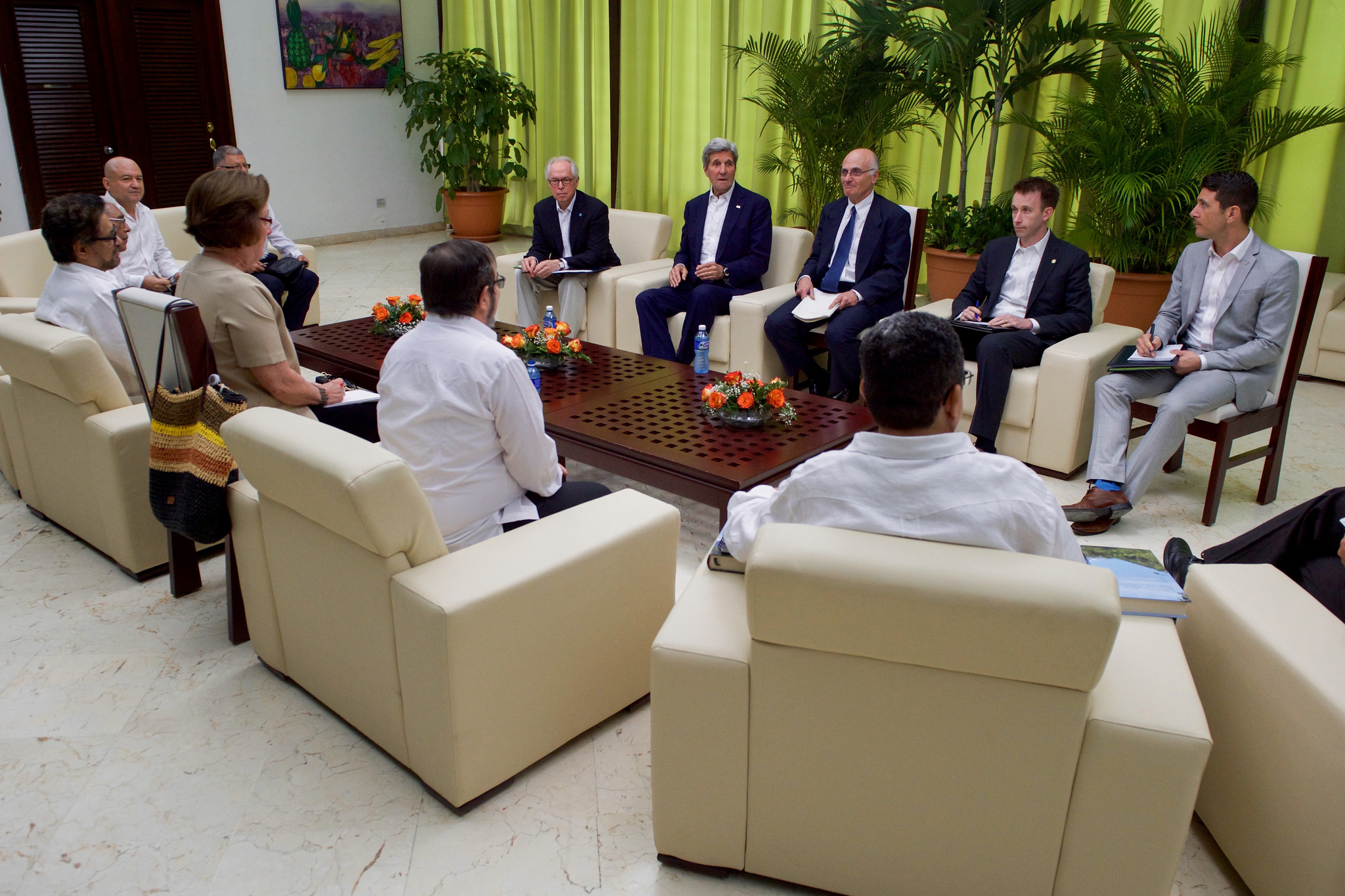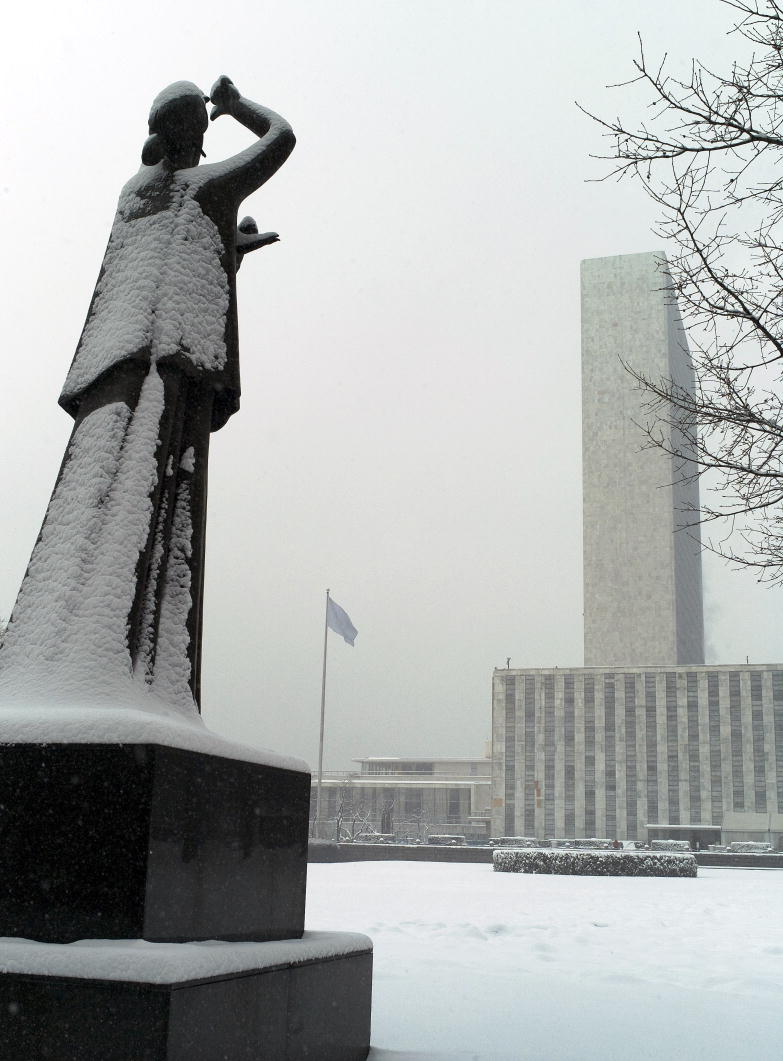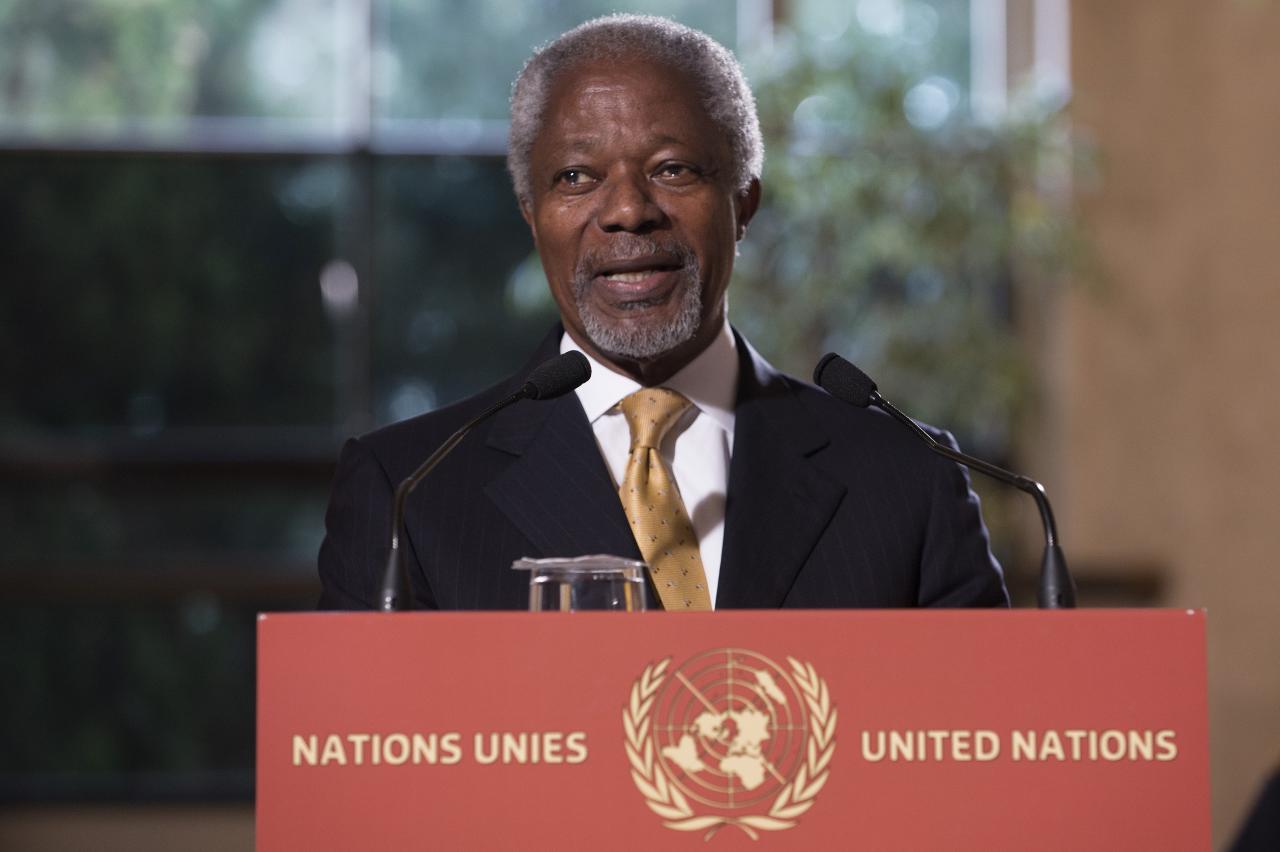Guest post by Patricia L. Sullivan
During her recent trip to Africa, US Vice President Kamala Harris announced a $100 million commitment over ten years to West African Nations to fend off the increasing threat of extremist groups. The announcement followed President Biden’s pledge of $55 billion to the continent for the next three years. While these promises reveal a US commitment to greater engagement with African states, the often-dodged question is whether citizens of these states will benefit. Will US security aid improve human security in fragile and conflict-affected African states? How is US security assistance likely to affect governance and state repression for citizens that often suffer at the hands of both extremist groups and their own security forces?
The empirical record is mixed. Between 2002 and 2019, the US spent almost $300 billion on security assistance and trained at least one million foreign military personnel. In some countries, such as Ukraine, these programs have improved both the capability and professionalism of the state’s armed forces. In others, they escalated human rights abuses and increased the risk of coups d’état. Take the example of Kenya—one of the largest recipients of US military training and equipment in East Africa. The state’s security forces have been found to engage in torture, extrajudicial killings, mass arrests, and forced disappearances. Or the Philippines, where President Duterte employed the country’s military—armed and trained by US aid programs—in a brutal war on drugs that took the lives of thousands of civilians.
Although some studies have found that security assistance can reduce civilian targeting by state security forces, there is mounting evidence that it often fuels human rights violations. Recent research suggests that the risk of civilian harm is greatest when donors transfer weapons to postconflict states or provide aid to states with fragmented, “coup-proofed” security forces. On the other hand, effective institutions to constrain executive power in recipient states, and the provision of some forms of “nonlethal” security assistance—like military education for officers and defense institution building—appear to mitigate the potential for civilian harm.
Why Does the US Provide Security Force Assistance to Weak States?
As the War on Terror spread from Afghanistan to the African continent, the US greatly expanded the use of security assistance—funding, weapons, equipment, and training provided to a state’s security sector by external actors—to build the capacity of weak states to take on the counterterrorism mission without sacrificing American troops in ground combat. According to data collected by the Security Assistance Monitor, funding to train and equip foreign security forces increased more than 300 percent in the ten years following the 9/11 terrorist attacks. Over the past two decades, the US has provided security sector assistance to more than two-thirds of the sovereign states in the world. Between 2015 and 2020, $4.8 billion in security aid went to sub-Saharan Africa.
While the goal is to reduce the threat posed by violent non-state actors, Kristen Harkness at the University of St. Andrews points out that most aid went to “repressive, heavily coup-proofed authoritarian regimes,” even though boosting military capacity in non-democratic states can fuel grievances that drive recruitment to extremist groups and increase political violence.
The Local Political Context Matters
When “lethal” aid—weapons, military equipment, and combat skills training—reaches countries that lack effective institutional constraints on executive power, as in many autocratic and anocratic regimes, the risk of extrajudicial killings at the hand of security forces spikes, according to data that follows low- and middle-income recipients of US security force assistance between 2002 and 2019.
In the absence of effective legislative or judicial constraints, leaders can use military aid to buy the loyalty of their security forces and incentivize compliance with orders to repress dissent. Of course, lethal aid also directly increases the capacity of state security forces to quell civilian threats to the regime with force. Security assistance signals that a foreign patron is invested in regime survival. While soldiers ordered to use deadly force against the civilian population might experience moral conflict, or fear facing consequences for targeting civilians if the regime is overthrown, foreign security aid increases the odds that repression will succeed, the regime will survive, and soldiers will be rewarded for their loyalty.
Not All Military Aid is Created Equal
One way to avoid the risk that US assistance increases human rights violations is to provide aid only to countries with effective legislative and judicial institutions. But many regions where extremist groups are active would offer a limited menu. An alternative is providing safer forms of aid.
Separating “non-lethal” security aid—a broad category encompassing professional military education, security sector reform, defense institution-building, and a variety of other types of assistance—from “lethal” aid—which includes material aid, direct combat assistance, and combat training—reveals divergent effects on state violence. While increasing lethal aid significantly raises the risk of extrajudicial killing, non-lethal aid appears to have a dampening effect. The exception is authoritarian states in which leaders have created overlapping and competing security institutions to “coup-proof” their regime. In these states, all forms of security assistance are associated with civilian harm. In post-conflict countries, one study shows that while weapons transfers and military aid increase human rights abuses, levels of Official Development Assistance (ODA) are associated with improved human rights protections.
Moving forward, as the US promises a new wave of security assistance to African states, it has a choice. Considering the recipient country’s institutional context, the state of its security forces, and the type of military aid, can decrease the risk that those resources are used to commit human rights violations.
Patricia Lynn Sullivan is an associate professor in the Department of Public Policy and the Curriculum in Peace, War, and Defense at the University of North Carolina at Chapel Hill and Director of the Triangle Institute for Security Studies.





